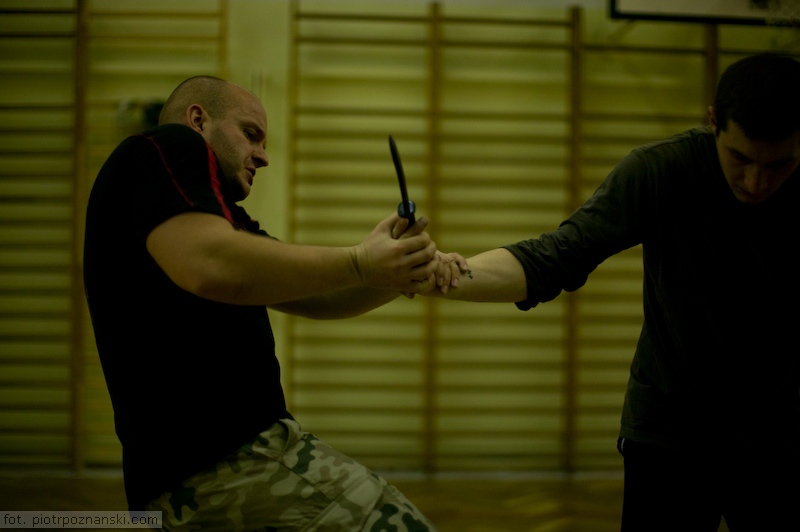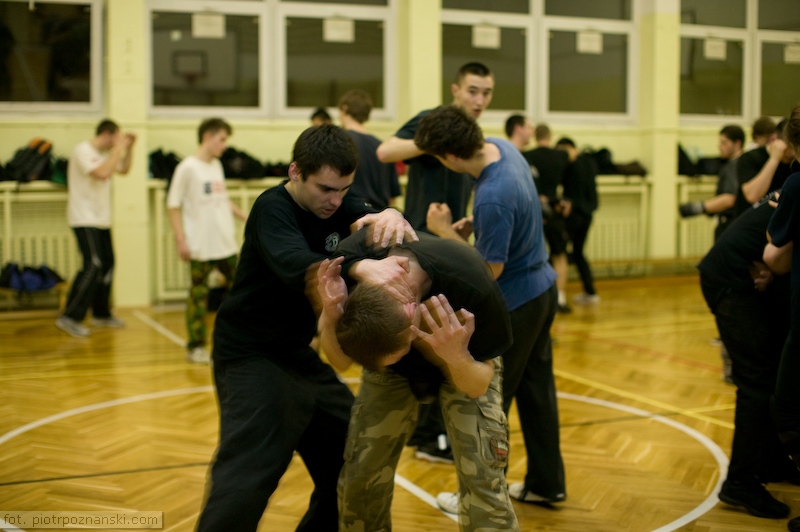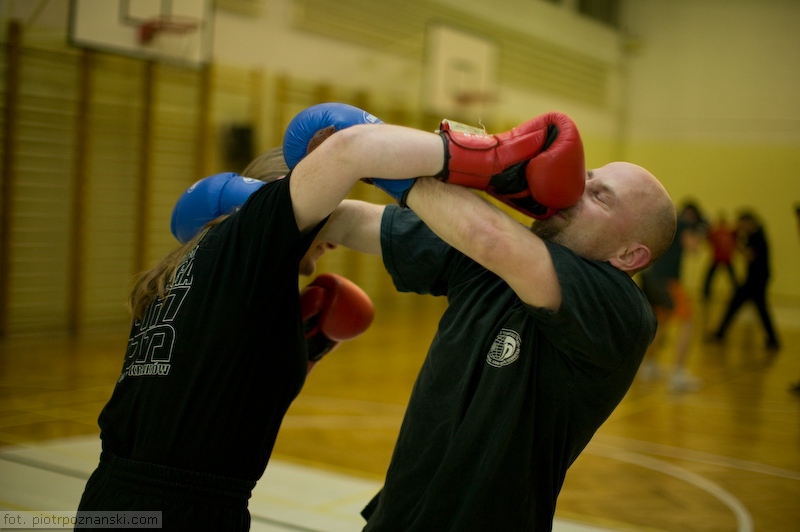In 2018, after more than 7 years of training, I finally passed the black belt exam and became one of very few martial arts experts in Poland.
Krav Maga is a military self-defense and fighting system developed for the Israel Defense Forces (IDF) and Israeli security forces (Shin Bet and Mossad). It derived from a combination of techniques sourced from Boxing, Wrestling, Aikido, Judo, Karate and many more. Krav Maga is known for its focus on real-world situations and its extreme efficiency. It was derived from the street-fighting experience of Hungarian-Israeli martial artist Imi Lichtenfeld, who made use of his training as a boxer and wrestler as a means of defending the Jewish quarter against fascist groups in Bratislava, Czechoslovakia, in the mid-to-late 1930s. In the late 1940s, following his migration to Israel, he began to provide lessons on combat training to what was to become the IDF.

From the outset, the original concept of Krav Maga was to take the simplest and the most practical techniques of other fighting styles (originally European boxing, wrestling and street fighting) and to make them rapidly teachable to military conscripts. Krav Maga has a philosophy emphasizing aggression, and simultaneous defensive and offensive maneuvers. Krav Maga has been used by the Israel Defense Forces’ special forces units, the security apparatus, and by regular infantry units. Closely related variations have been developed and adopted by Israeli law enforcement and intelligence organizations. There are several organizations teaching variations of Krav Maga internationally.

Some trainings are performed in realistic, unusual places such as trams. This gives students an opportunity to test their skills in chaotic environment (the tram is moving during the training) Take a look at our training in a tram:
Occasionally trainings are also performed on grass, with light turned off, in everyday places such as cloakroom, in military buildings an even in swimming pools.

I started training Krav Maga as a way to keep my body in shape. But on the way I discovered what almost all martial artists know – fighting is a great way to keep sharpness of your mind and attitude. Regular trainings require a lot of discipline, high pain tolerance and motivation. It’s even more Most of students quit after several trainings, 90% after several months. The ones that keep training usually create strong male bonds and form friendship outside of the training room.

Fortunately, during my whole Krav Maga career I have had to use my skills only once when two much stronger guys tried to rob me on my way home in Cracow. But it’s always good to know that in case of any danger you have the skills necessary to handle the situation.

After years of training I finally finished a course for trainers and started giving both individual and group (40+ people) trainings for those who want to learn self-defense quickly. For me Krav Maga is still mostly a hobby. High market demand for software specialists makes it unprofitable to change my profession. But at the same time seeing young people learning first Krav Maga moves and progressing on the Krav Maga path is very satisfying.